Some of the weirdest stars in the Universe are likely yet to be discovered, but astronomers have certainly discovered their fair share of strange stellar oddballs already.
Space has a lot of stars. In the Milky Way alone there are 100 billion, and our Galaxy is just one of 10 trillion.
Discover our pick of the strangest things in our Solar System
Every so often, astronomers stumble across a star that takes them by surprise.
Some are normal stars caught at a turning point in their lives, giving researchers an insight into these important, but often short, periods of stellar life.
Others are so unusual that they leave scientists scratching their heads, questioning everything they thought they knew about the stellar life cycle.
Here we take a look at eight of the weirdest stars: quite possibly the strangest our Universe has to offer.
SAO 206462: galaxy or star?
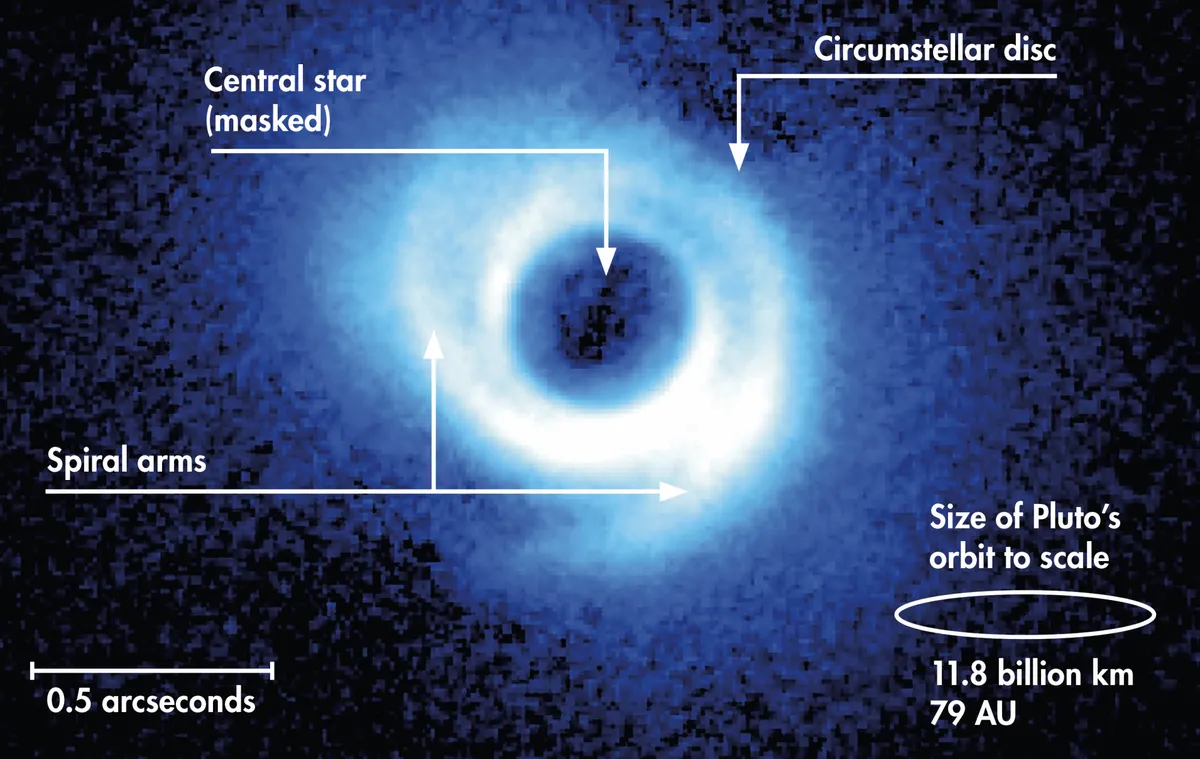
Usually when astronomers see a spiral-arm structure, they’re looking at a galaxy, but not so with SAO 206462.
The star, located 460 lightyears from Earth, was discovered during an exoplanet search using the Subaru Telescope in Hawaii.
But rather than finding fully fledged planets around the young star, astronomers instead discovered planets still in formation.
The youthful planets are growing out of a circumstellar disc of gas and dust which extends out to around 80AU, twice the orbit of Pluto.
At least two of these planets have shepherded the disc into its unusual shape, with a different planet responsible for each arm.
It could be the weirdest star this close to Earth.
Lucy in the sky with diamonds

A star in the constellation of Centaurus has a secret at its heart.
At first it appeared to be a dim white dwarf, but it subsequently turned out to be incredibly dense, with the mass of the Sun crammed into an object only a third the diameter of Earth.
It is also remarkably cool, with a core temperature of a mere 6,600°C (by comparison, the Sun is around 15 million°C).
At these temperatures stars begin to vibrate, and astronomers can use these vibrations to peer inside a star.
In this case, they found that the star’s carbon core had crystallised to form a diamond 10 billion trillion trillion carats in size.
The star was later nicknamed Lucy, after the Beatles song ‘Lucy in the Sky with Diamonds’.
Since the discovery of Lucy, several other crystallised stars have been found, some with diamond hearts the size of Earth.
Vega, the squashed star
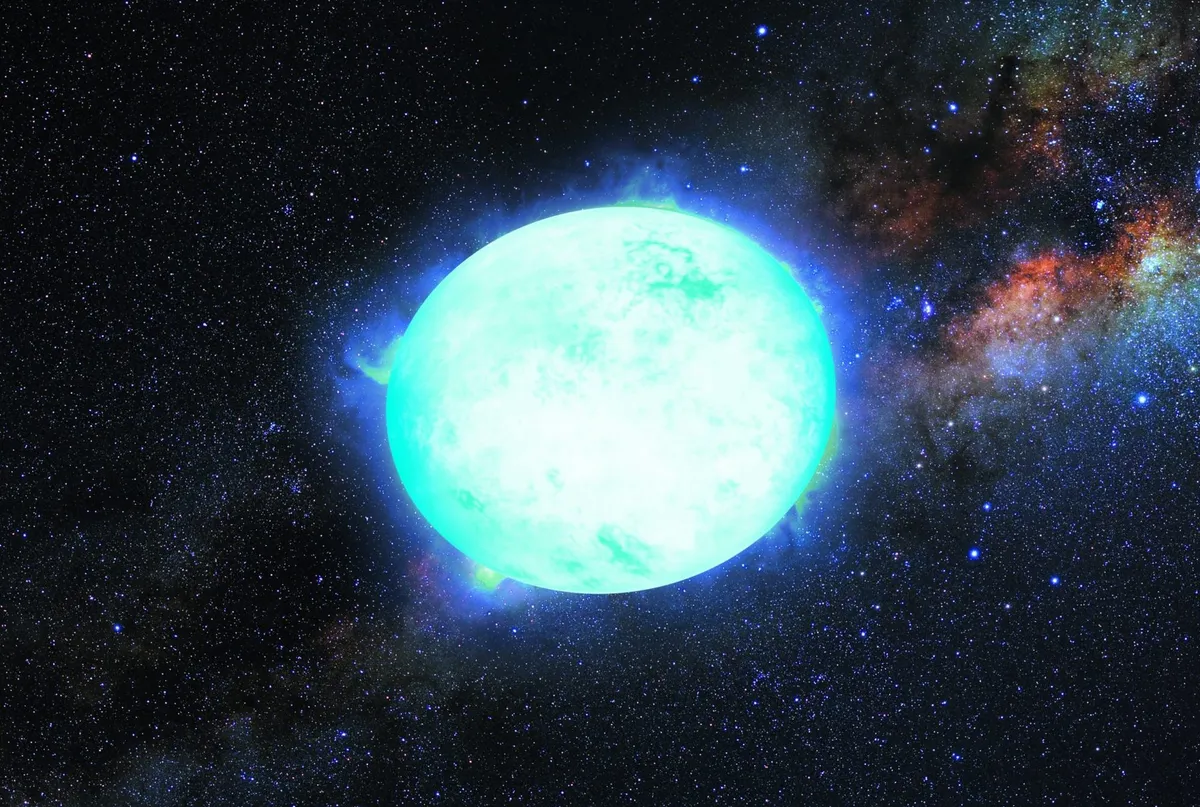
The star Vega is a familiar sight to any northern hemisphere astronomer.
But if we got to see the bright star from a different angle, we’d have a very different view. Because Vega is squashed!
Vega’s bulging waistline – its high oblateness – is caused by a high spin rate: it rotates once every 12.5 hours. This throws material out around its equator.
As this stellar material is further from the centre of the star, it experiences less gravity, which causes it to cool and darken – a phenomenon known as gravity darkening.
As Vega faces Earth pole-end-on, it still looks round to us, but its dark halo is a tell-tale sign of a cooler equator and oblate shape.
WR104, the stellar wind machine
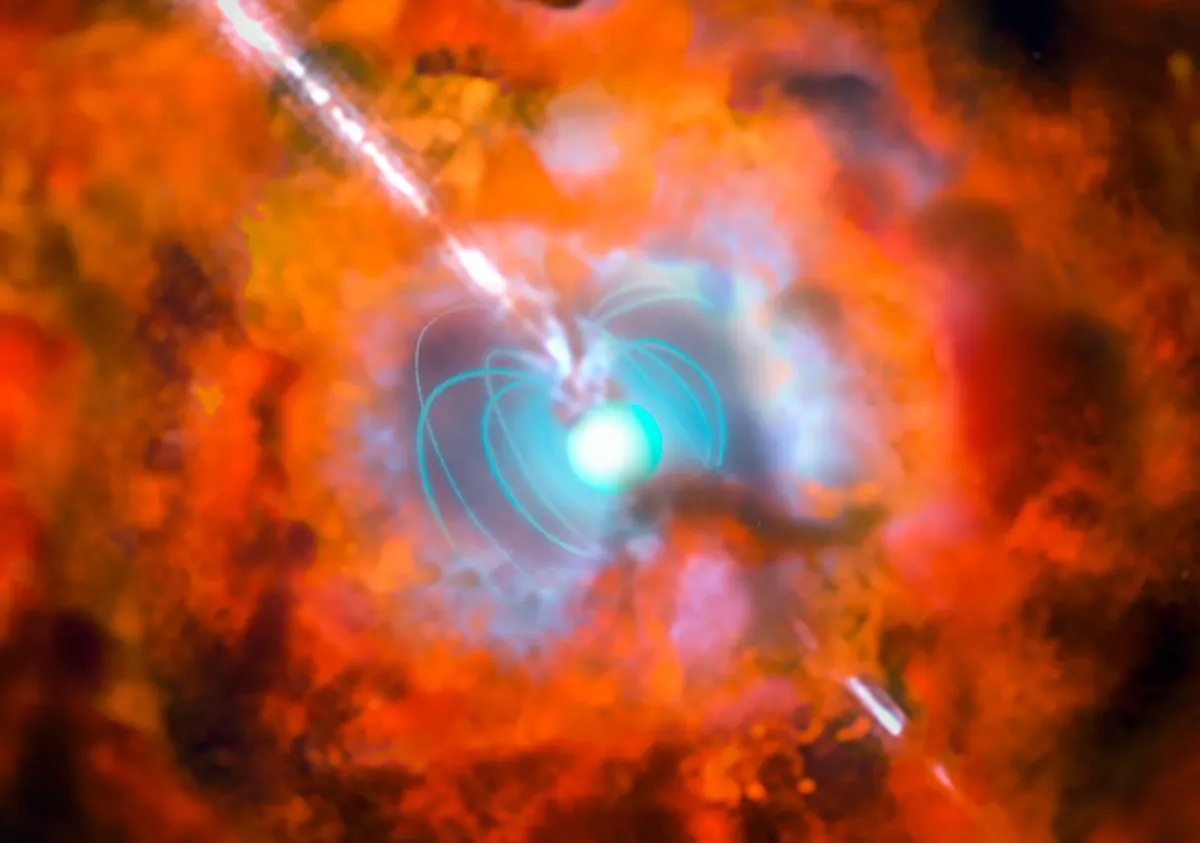
There is a giant in our Galaxy, waiting to burst and send a wave of hot gas and radiation towards Earth. That star is WR104.
WR104 is a Wolf-Rayet, a star at the precarious point in its life before it goes supernova.
The core has no helium left to burn. Instead WR104 is forced to churn through heavier elements such as oxygen
This upsets the careful balance between gravity and fusion inside it, causing the star to shed its outer layers.
When the oxygen finally runs out, which could happen tomorrow or 8,000 years from now, the star will go supernova.
However, this cosmic firework show will be a bit different.
WR104 is one half of a binary pair, and the two stars feed into each other, spinning up their stellar winds until they are going incredibly fast.
Some scientists think the explosion will align with the axis of spin, which is pointing directly at us.
While we are far enough away that even a directed supernova won’t hurt us, there is a potential part of the explosion that could be deadly – a gamma ray burst (GRB).
Luckily, it takes a very specific, and unlikely, chain of events for a Wolf-Rayet to create a GRB.
And even if it does, WR104 might be pointed far enough away to miss us.
Even so, astronomers will be keeping a close eye on this 7,800 lightyear distant star. Just in case.
One of the weirdest stars? Perhaps one of the most dangerous!
iPFT14hls, the star that wouldn't die
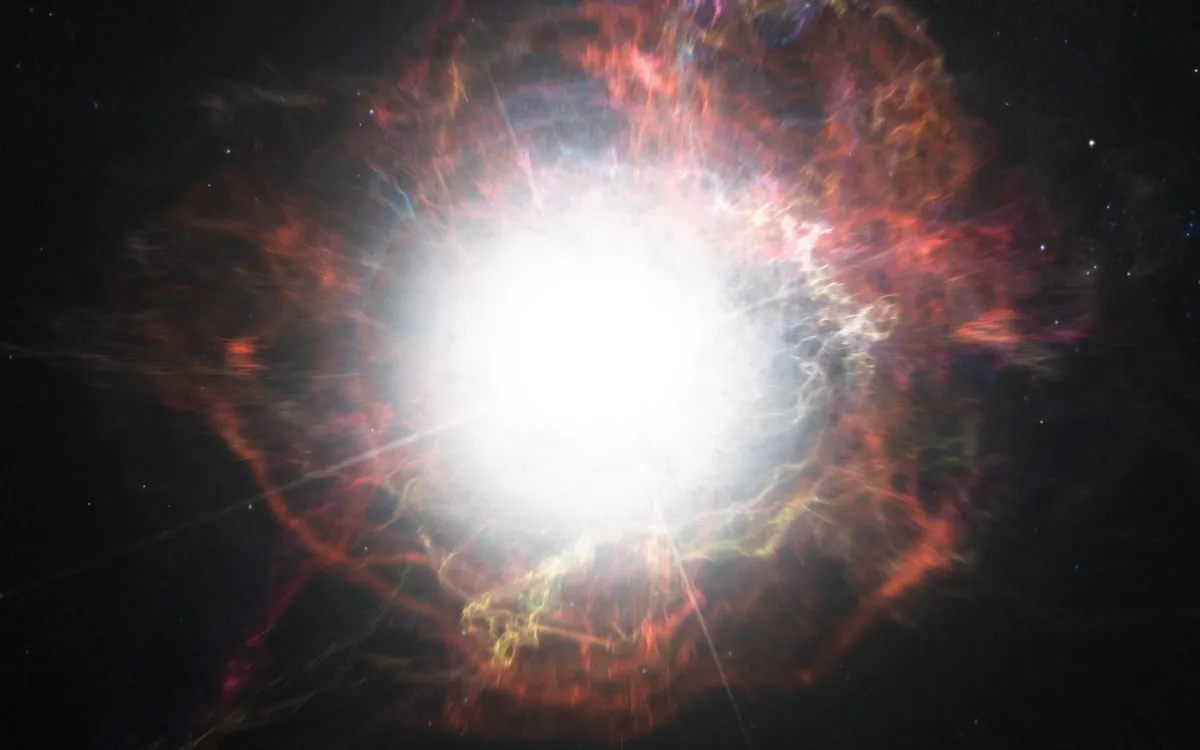
“Supernovae – the explosions of stars – all get bright and then fade within a few months,” says Iair Arcavi, an observational astronomer from University of California, Santa Barbara.
When his team first discovered the stellar burst iPFT14hls in 2014 it was already beginning to fade away.
But then it rose from the dead and brightened once more.
“Zheng Wong, who noticed the brightening, asked me whether that was normal, and I said absolutely not,” says Arcavi.
“A supernova almost never gets brighter again after having faded. It went on to fade and brighten at least five times in total, deepening the mystery.”
The mystery continued to deepen when they measured the supernova’s spectrum, the rainbow of light which reveals the velocity, composition and temperature of a star.
The supernova was evolving 10 times slower than other stars, meaning that when it looked 60 days old, its actual age was 600 days.
It might have been even older, as another supernova had been recorded in the same spot in 1954.
“We’ve never seen two explosions in the same spot on the sky separated by 60 years before,” says Arcavi.
“Each of the peculiar properties is hard to explain on its own, and even harder to explain all together. iPTF14hls breaks all the theoretical models of supernova behaviour we have.”
There are several suggestions for what’s causing the odd behaviour.
The supernova could be colliding with surrounding material which then glows, or it could be iPTF14hls is actually a massive star shedding material to hold off its own collapse.
But neither solution seems to explain everything.
“We still don’t understand how iPTF14hls is possible,” says Arcavi.
When 2 become 1
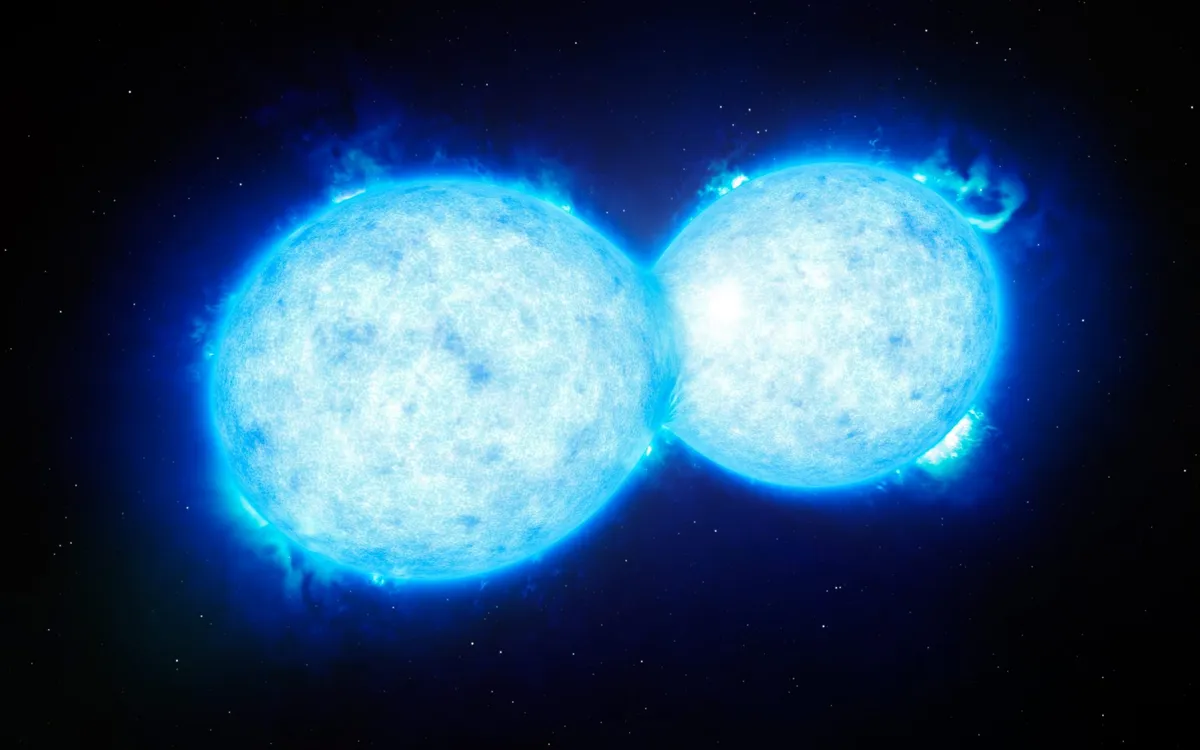
At first glance, MY Camelopardalis appears to be a fairly common or garden variable star, but on closer inspection astronomers concluded it was a binary pair.
But that's not what makes it one of the weirdest stars.
The two stars are orbiting each other at over a million km/h, and they are so close that their atmospheres are beginning to interact.
It’s thought MY Camelopardalis is the precursor to a stellar merger.
Eventually the two stars, which already weigh in at 32 and 38 solar masses individually, will combine into one giant star over 60 masses in size.
Astronomers have long hypothesised that this is how super giant stars are made, but the phenomenon has never been seen before.
HD 140283, star from before the dawn of time
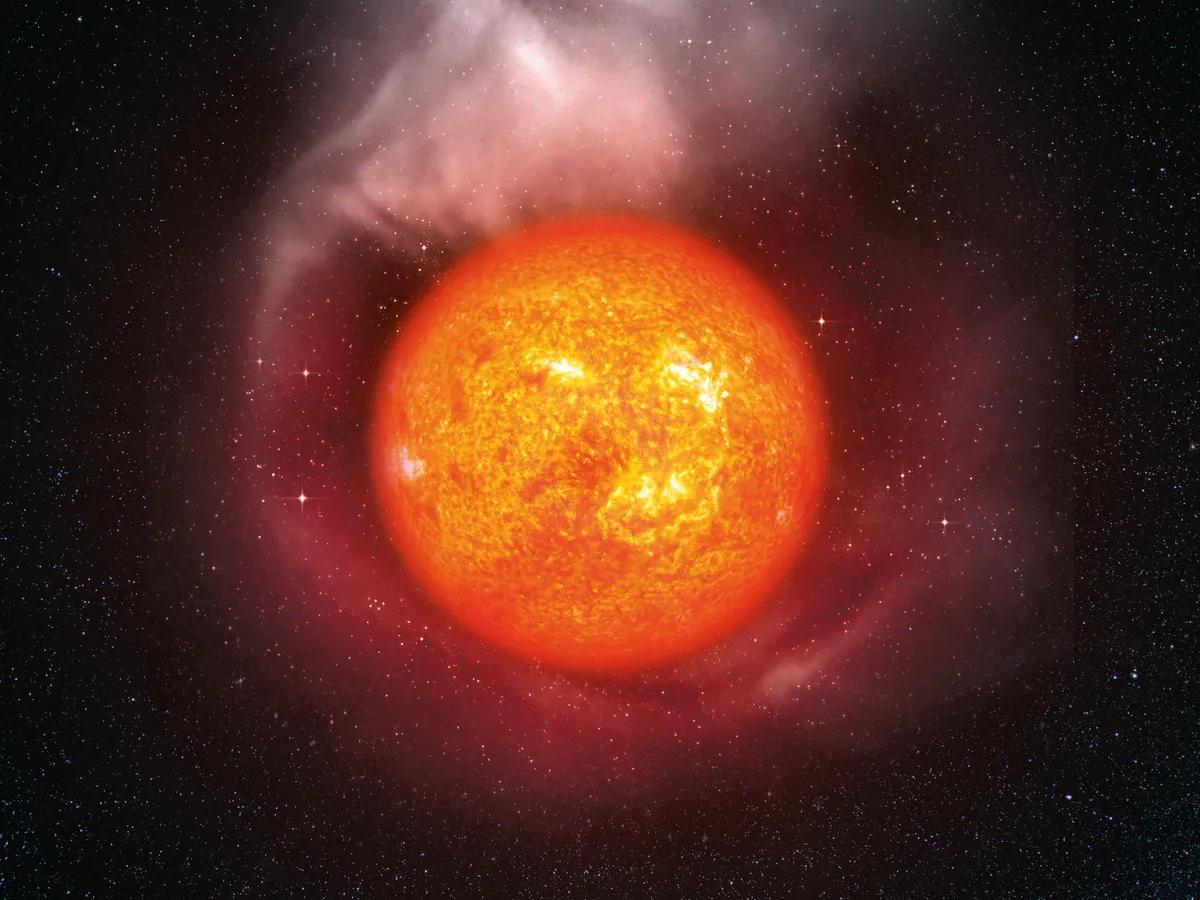
When HD 140283, a sub-giant star 190 lightyears from Earth, was first studied in the 1950s it posed something of a paradox.
It appeared to be 16 billion years old – two billion years older than the Universe itself.
Subsequent observations reduced this to 13.7 billion years, meaning it would have formed a few hundred million years after the Big Bang.
Its age earned it the nickname Methuselah’s Star, after the oldest man in the Bible.
The first sign of its geriatric nature was that it contained 250 times less iron than the Sun.
This suggests it formed in a time before the Universe became suffused with heavy elements from supernovae.
Most likely it was one of only the second generation of stars, known as Population II stars.
By studying its chemical composition, astronomers can work out what the Galaxy was like just when it was beginning to form.
Tabby's star
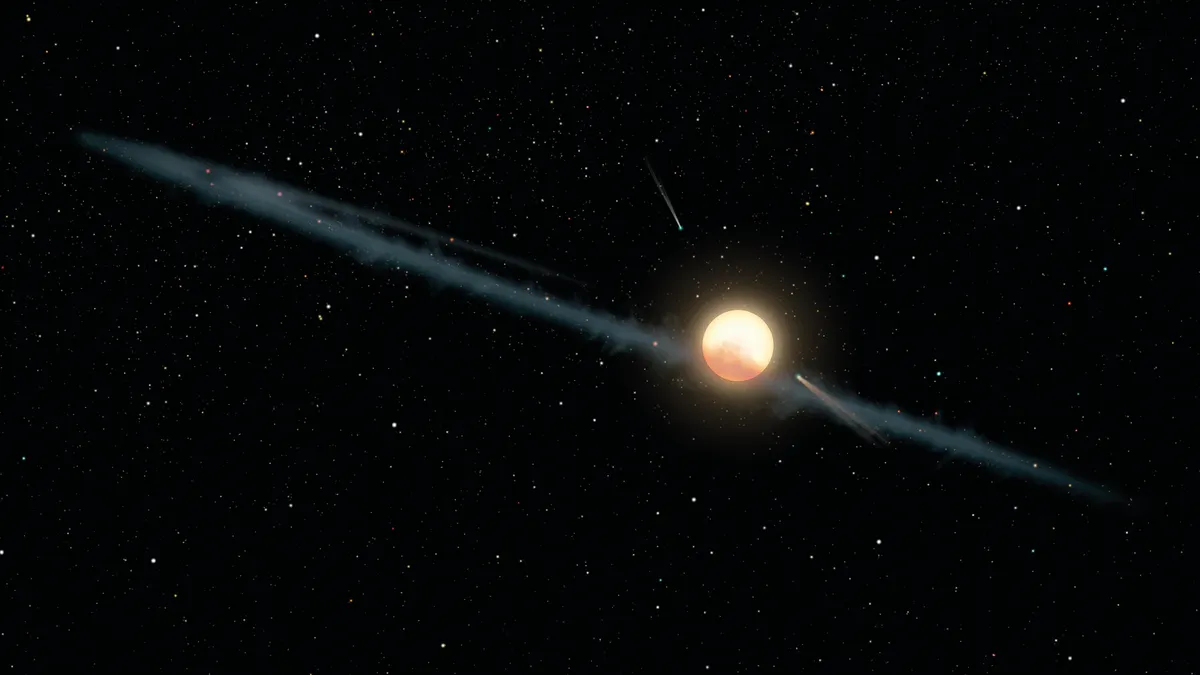
In 2015, the citizen scientists of the Planet Hunters website found a very unusual exoplanet around the star KIC 8462852.
“This is a star that appears to be typical in every way you look at it, with the exception of its light curve – that’s how its brightness changes with time,” says Tabitha Boyajian from Louisiana State University, who led the study into this unusual object.
“It is characterised by asymmetric, irregular dimming lasting days, weeks, months and sometimes decades.”
Not only was the pattern of dimming irregular, but the brightness dropped by as much as 22 per cent, far greater than if a planet had passed in front of it and blocked out the light.
“Pretty much every explanation has been made at this point,” says Boyajian.
“The dimming could originate on the star’s surface, around the star, in interstellar space or even within our own Solar System.”
But there was one explanation that captured the public’s imagination. Was the star the home of a giant alien structure?
Boyajian led a crowdfunded observing campaign to look at the star, observing across several wavelengths.
If there was a solid structure, the dimming would show up as uniform across all wavelengths.
But the observations revealed that whatever was obscuring the star, it was at least partly transparent.
“The latest data indicates that the brightness dips are consistent with dust,” says Boyajian. “However, it is yet to be determined where this dust is and how it got to be there.”
This article originally appeared in the June 2018 issue of BBC Sky at Night Magazine.
